MITS5509 Intelligent Systems: Expert System Research Report
VerifiedAdded on 2022/09/13
|13
|941
|13
Report
AI Summary
This report delves into the realm of expert systems, a foundational area within Artificial Intelligence. It begins by defining expert systems and their purpose of emulating human decision-making capabilities to solve complex problems. The report then outlines the key components, including the knowledge base, which stores expert domain knowledge and rules, and the inference engine, responsible for reasoning. The architecture of expert systems, comprising user interfaces, explanation facilities, knowledge acquisition, inference engines, and agendas, is also discussed. Furthermore, the report explores the development phases, limitations, and methodologies used in expert systems research, including the case study approach. Finally, it highlights various applications of expert systems across different domains, such as commercial shells, web-based services, and medical systems like MYCIN, and concludes by summarizing the importance and potential of expert systems within the broader context of AI.
1 out of 13
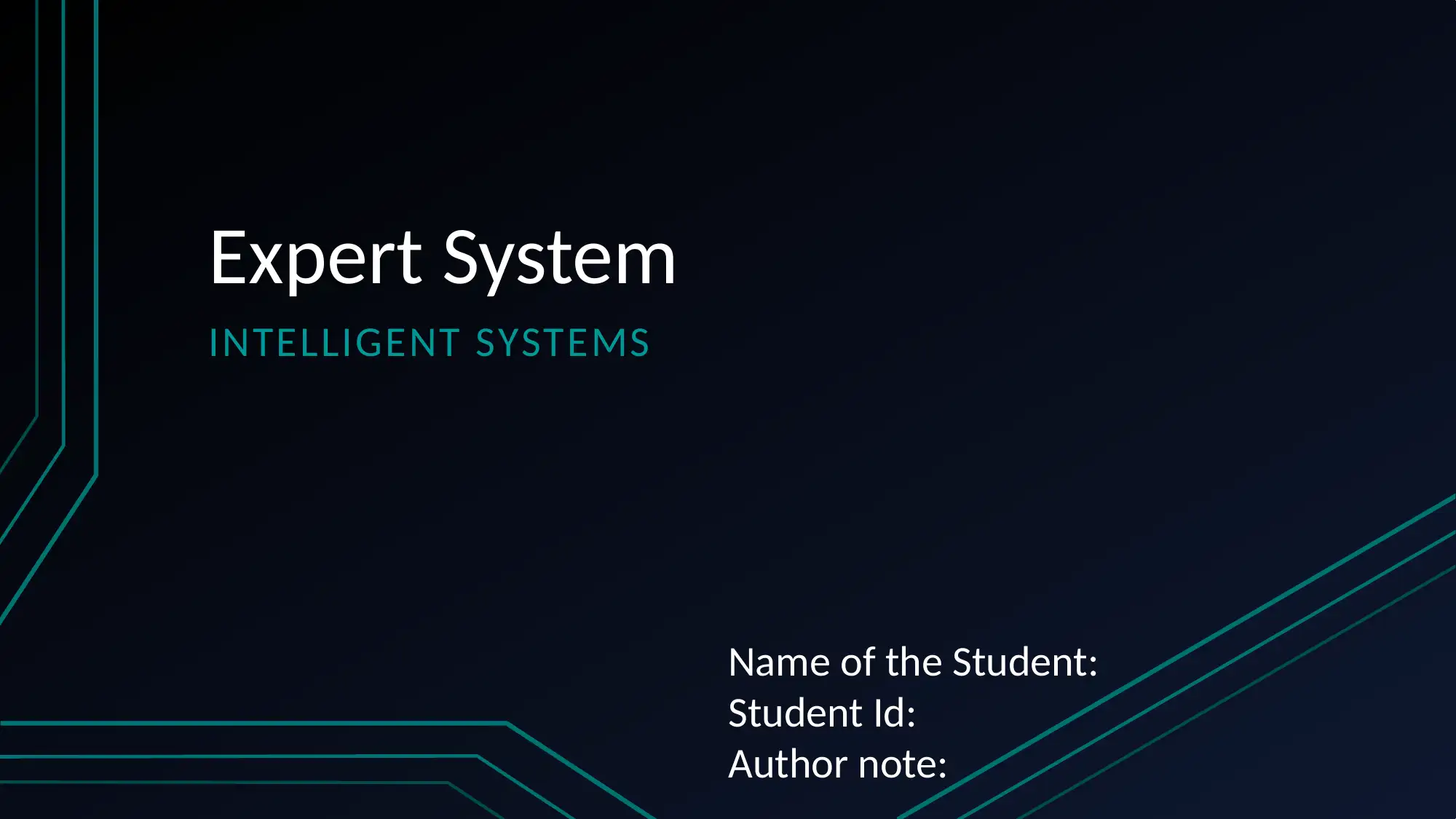
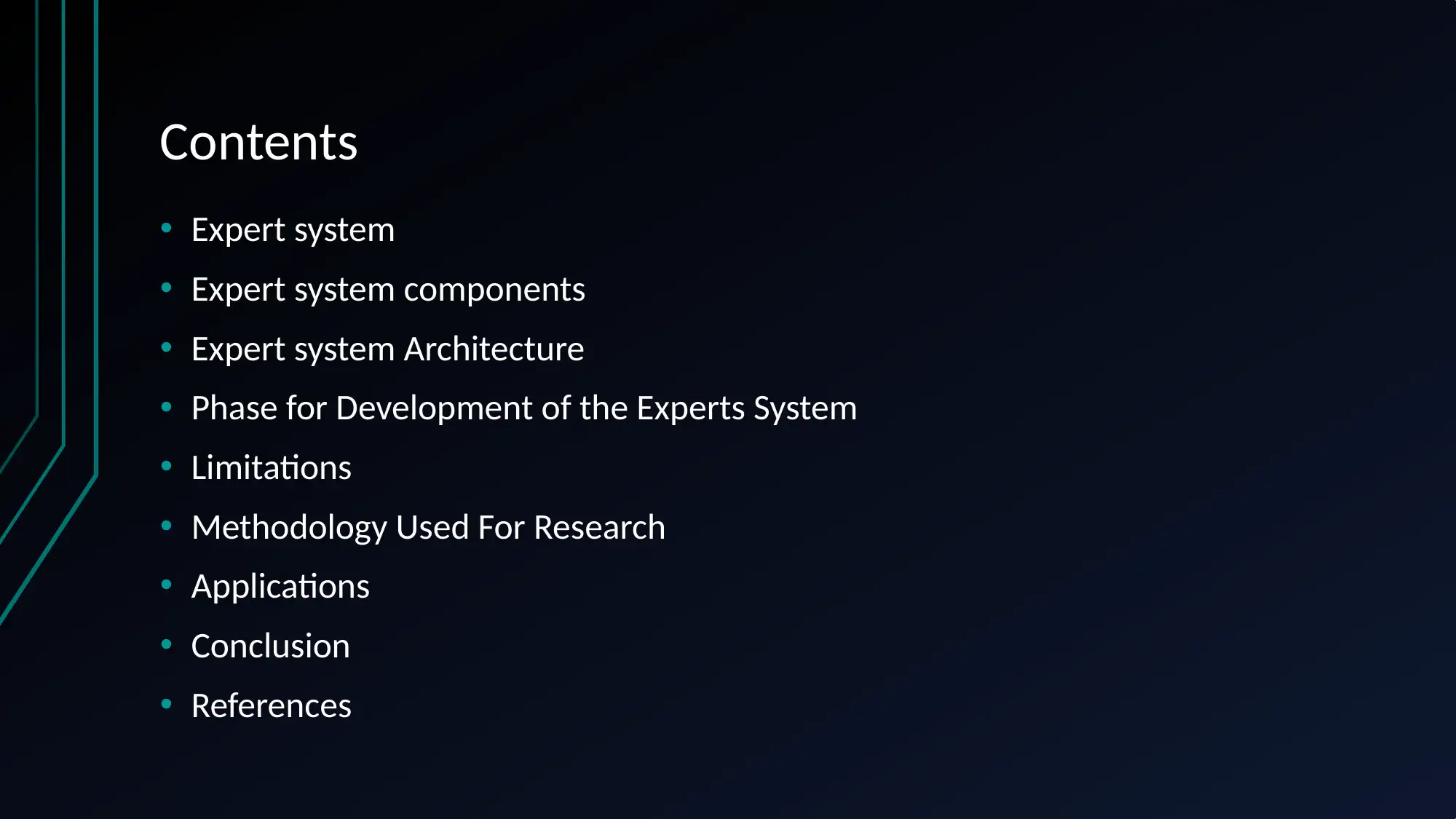
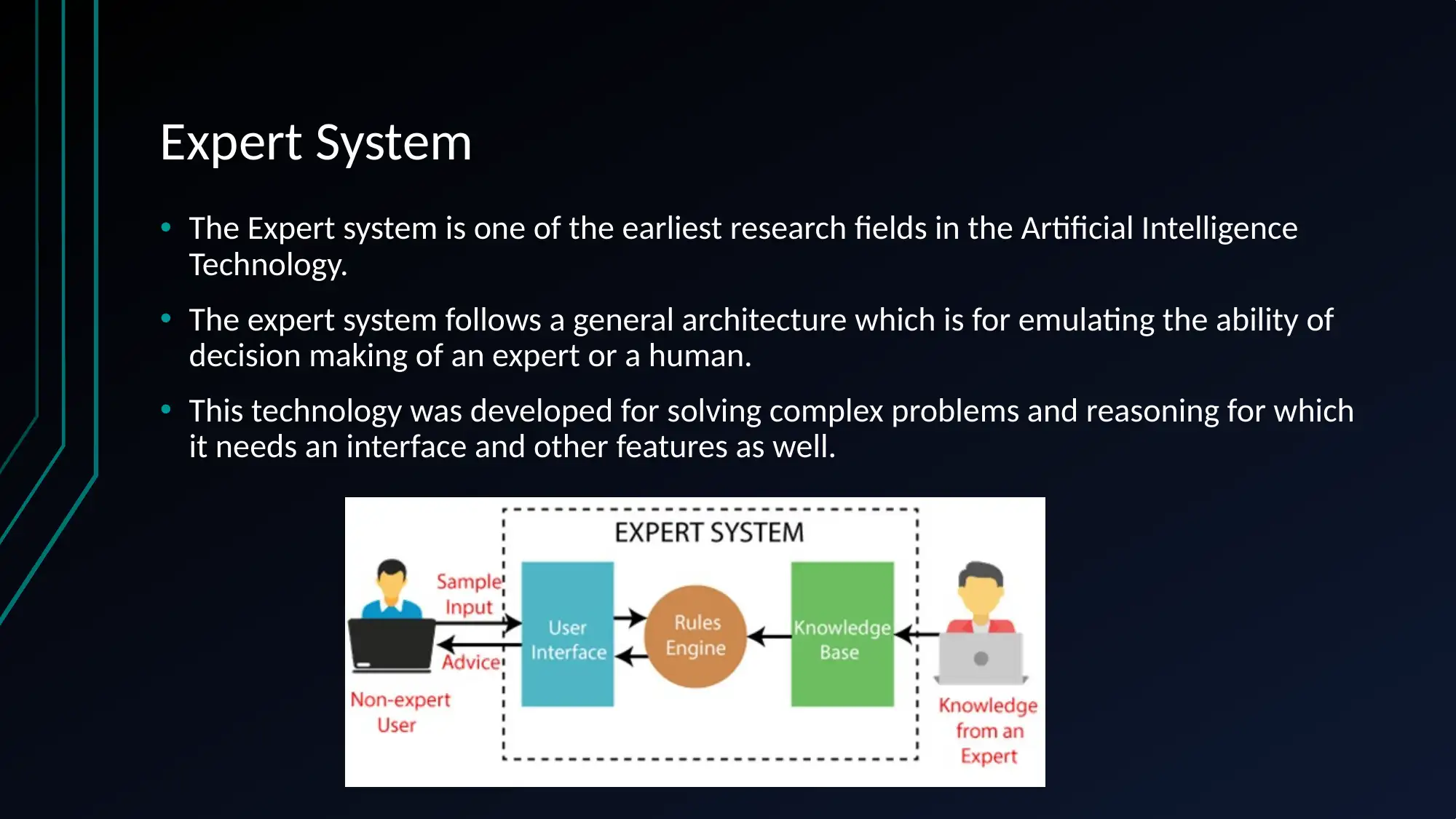

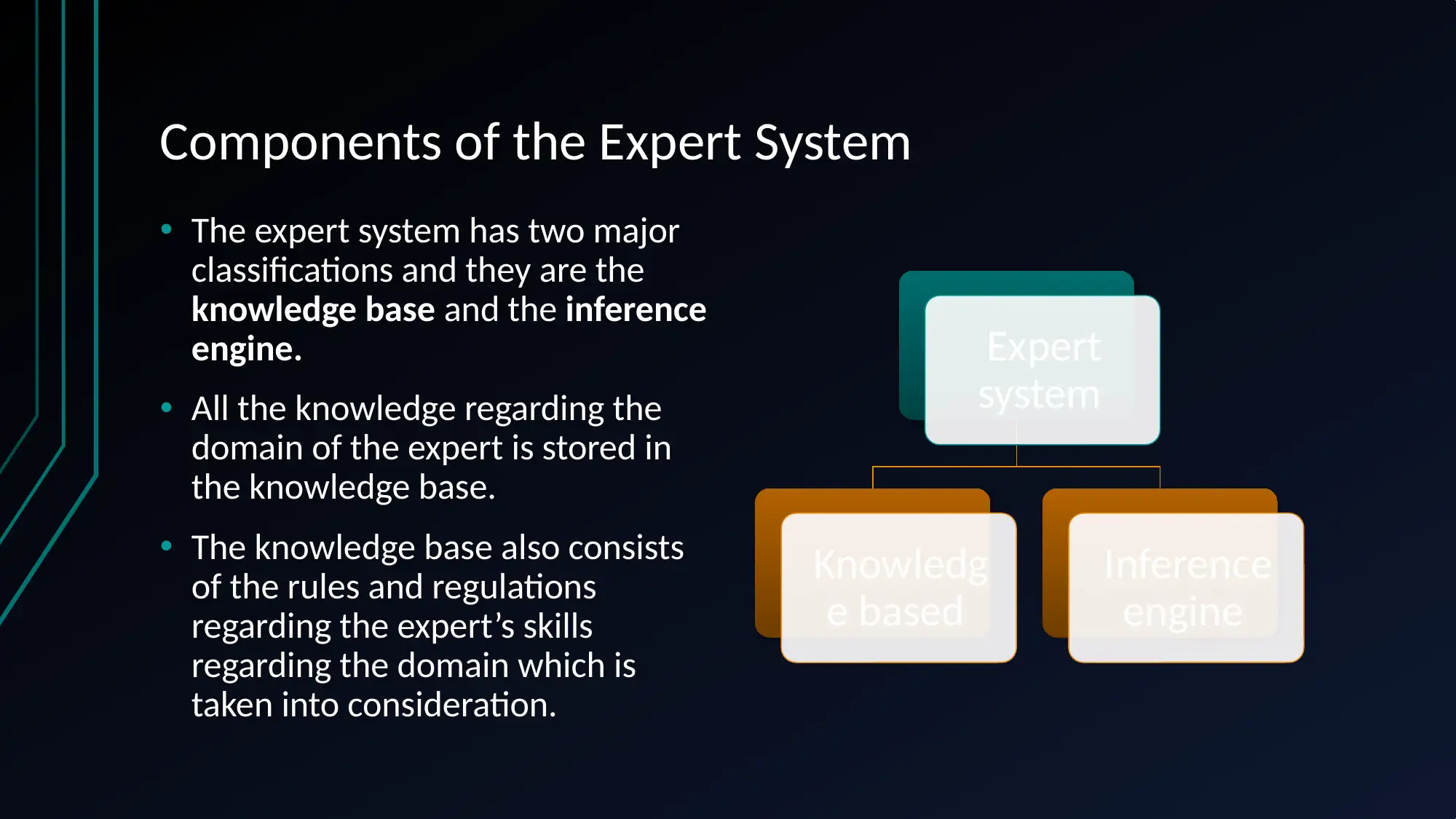
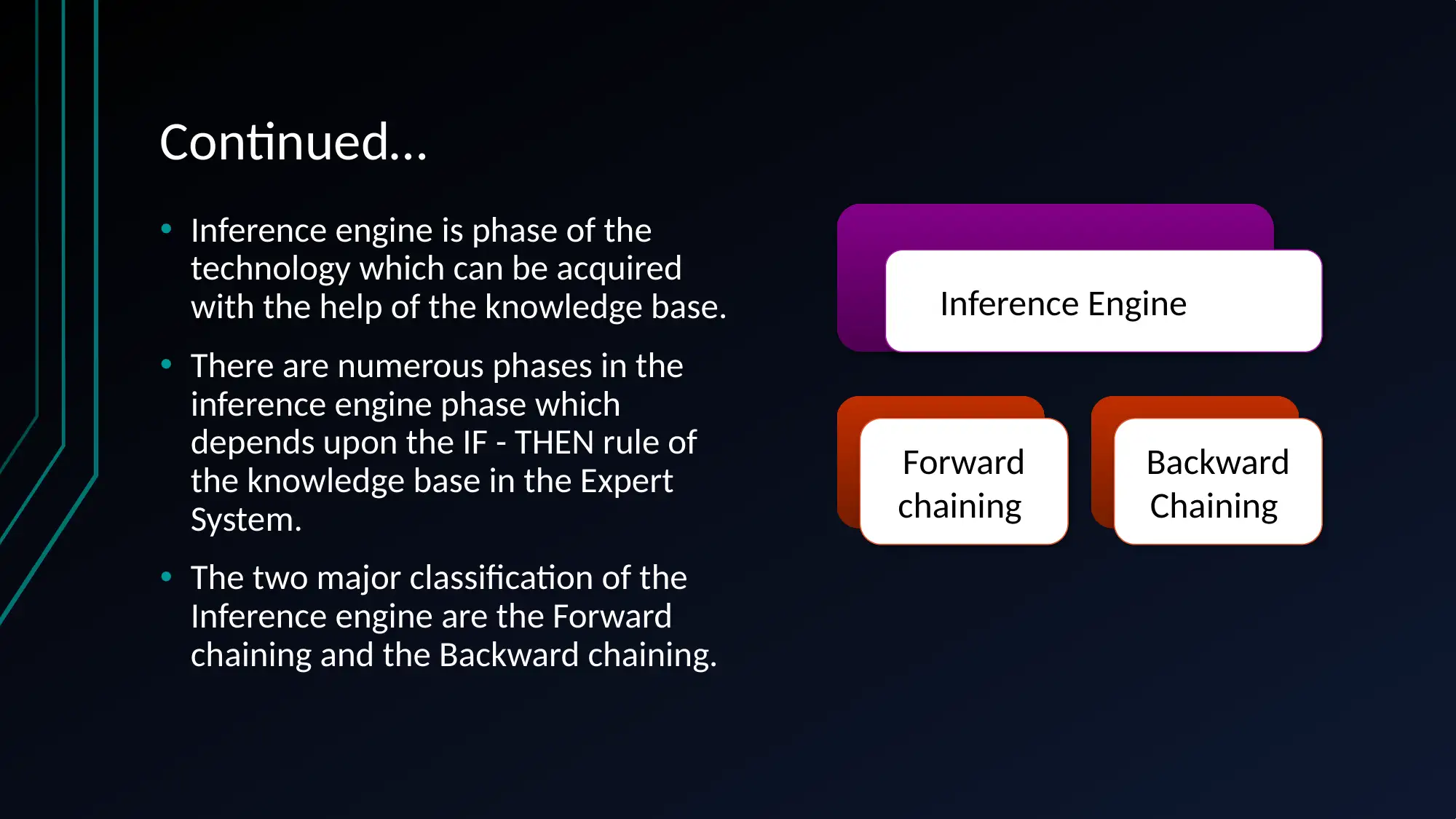
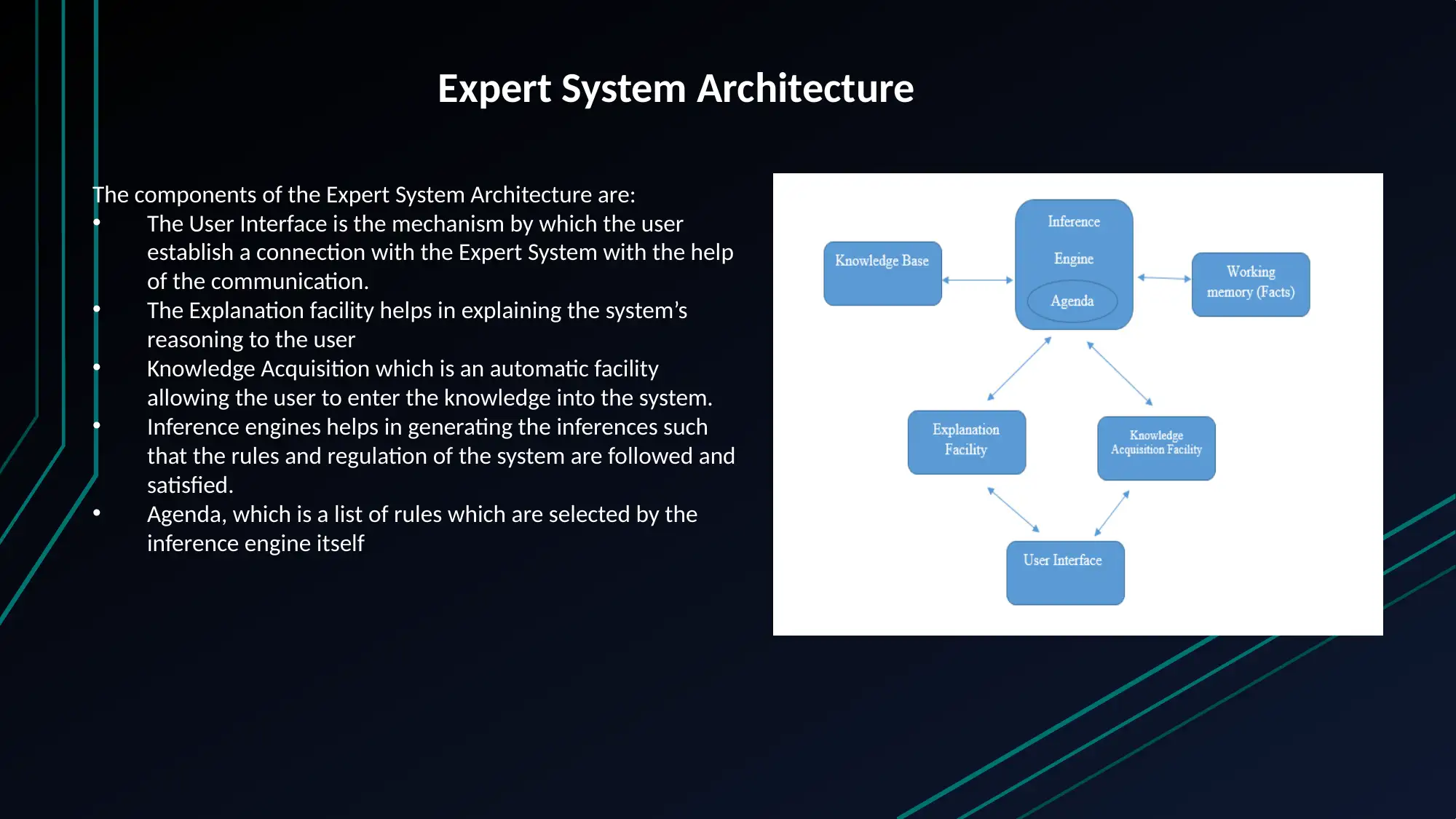
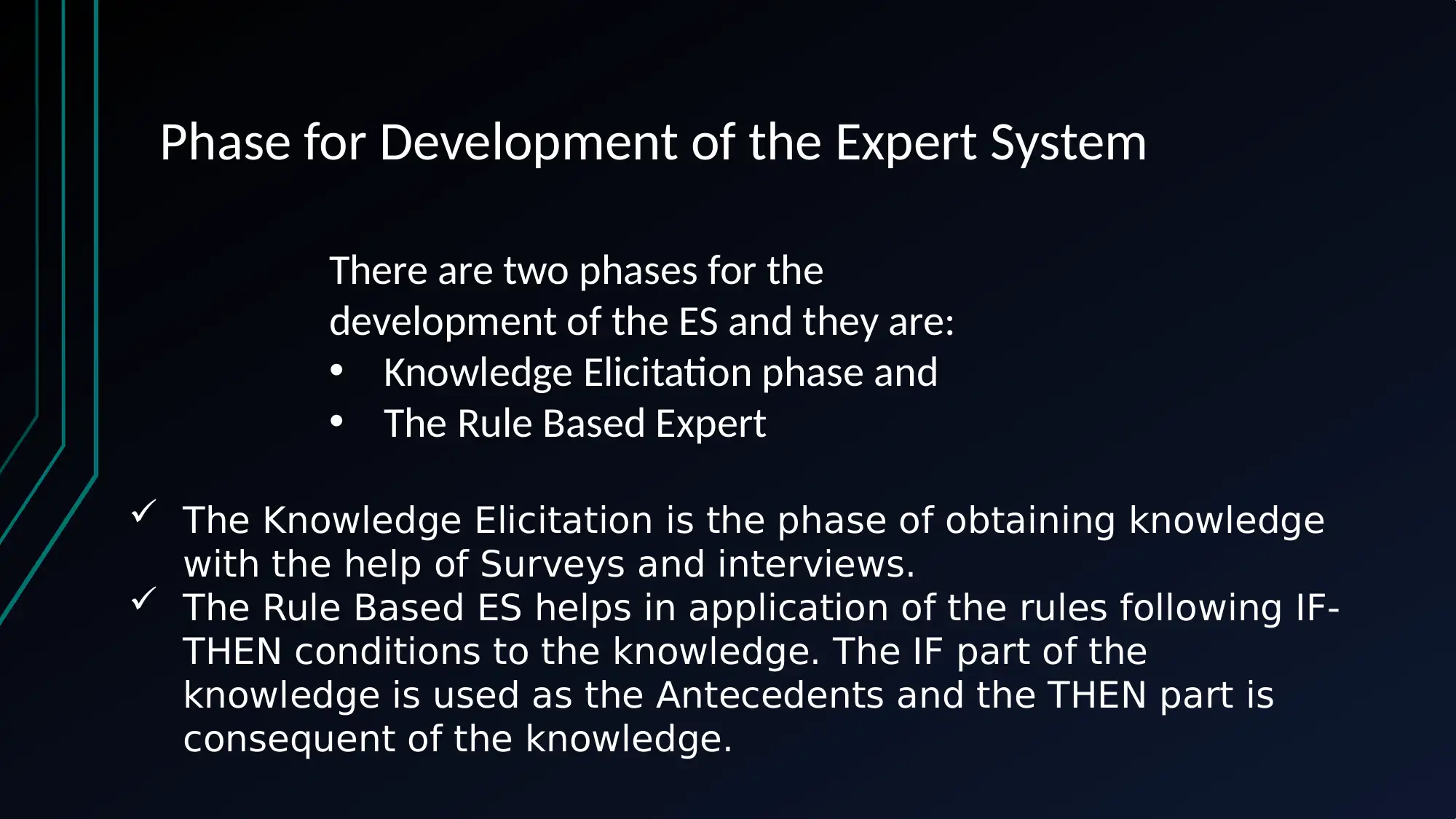
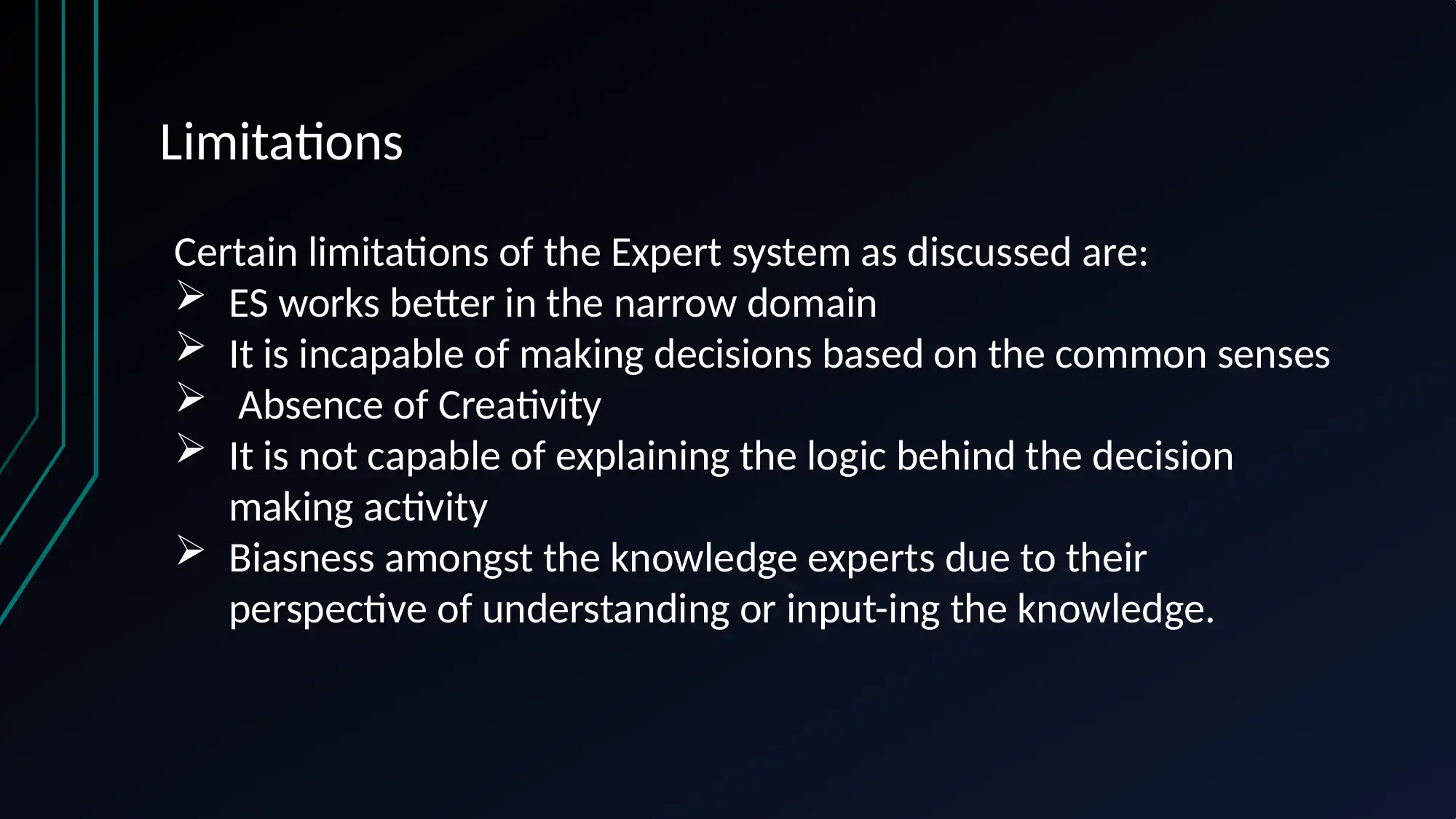
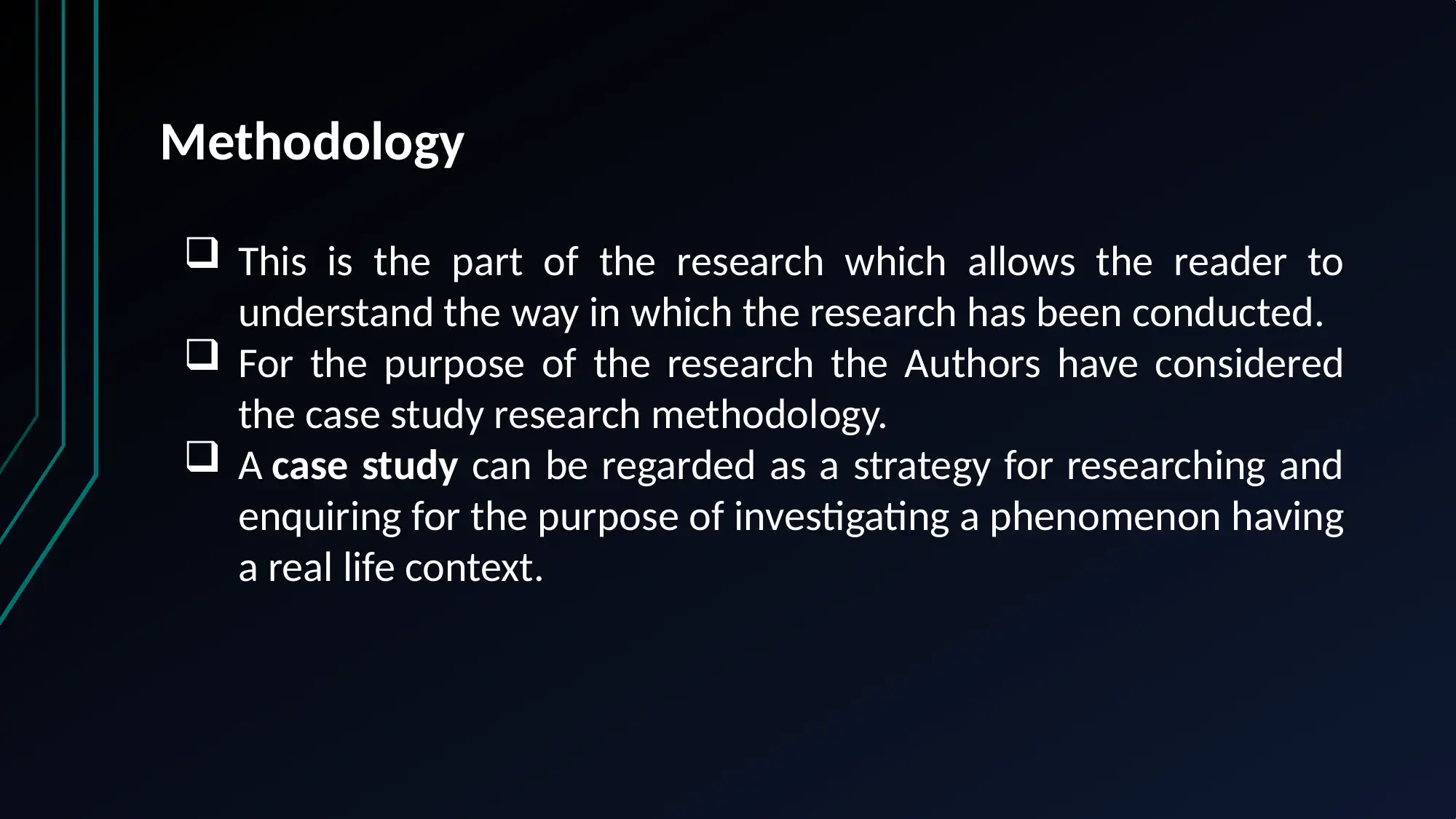
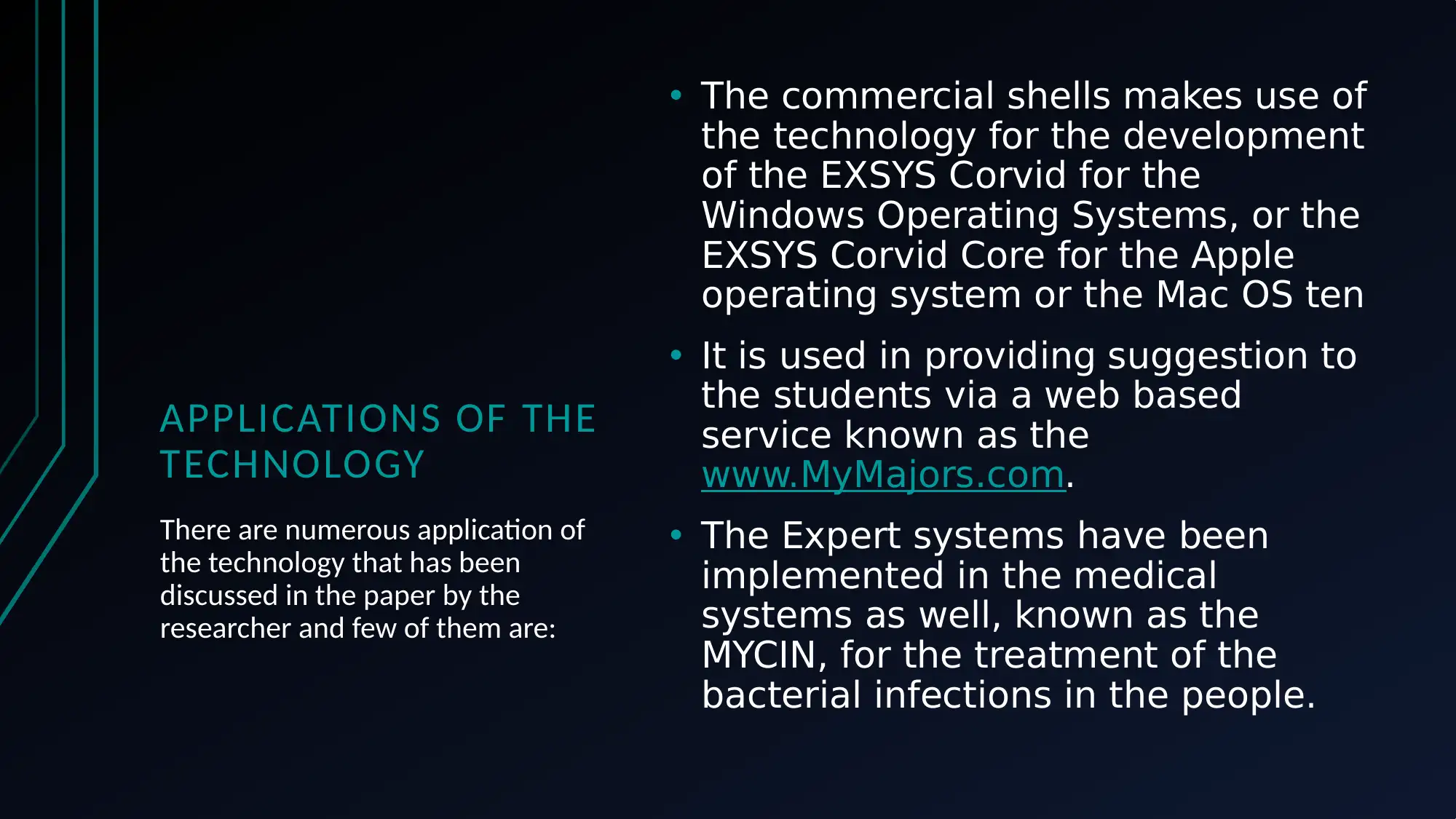
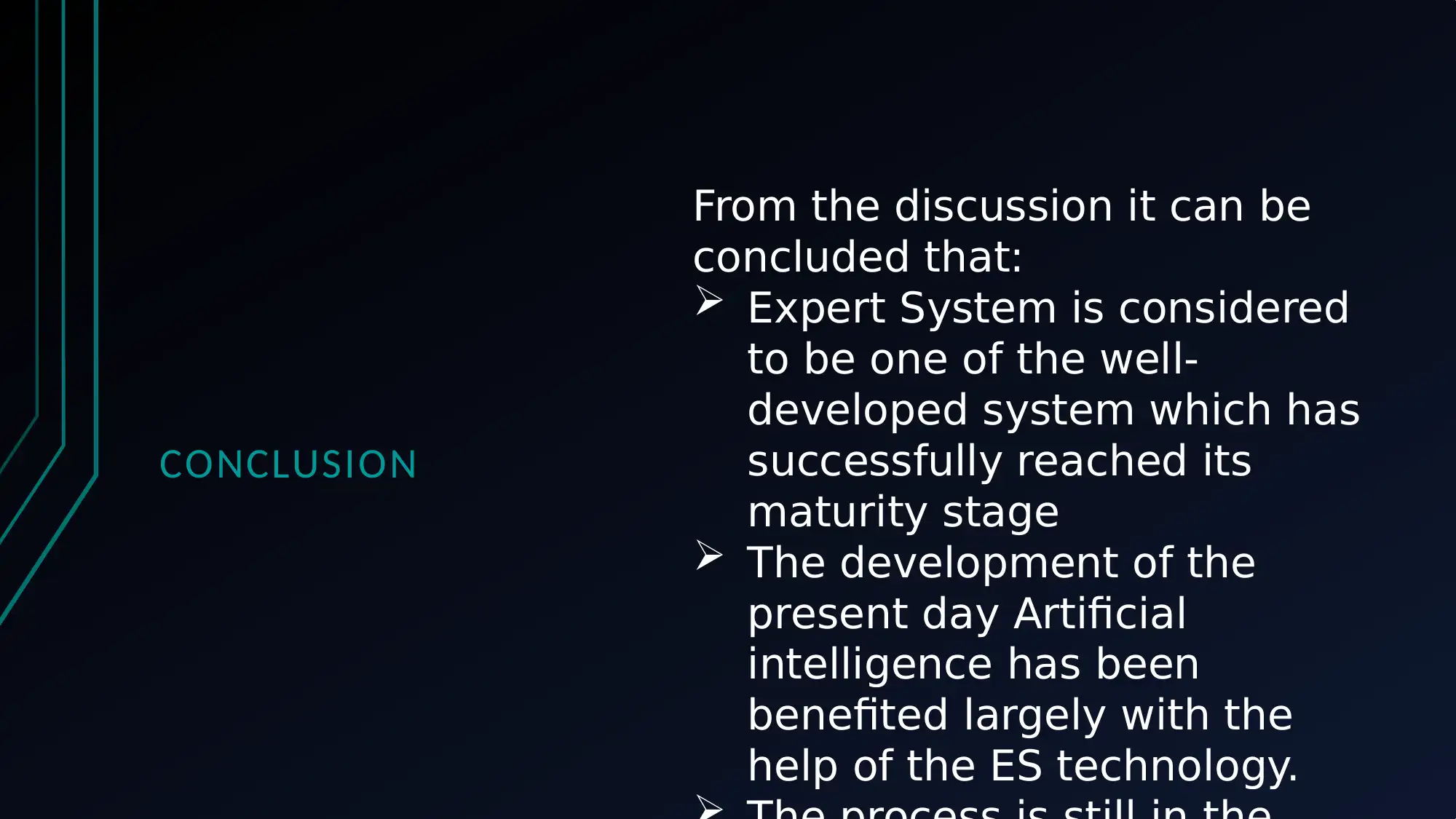







![[object Object]](/_next/static/media/star-bottom.7253800d.svg)